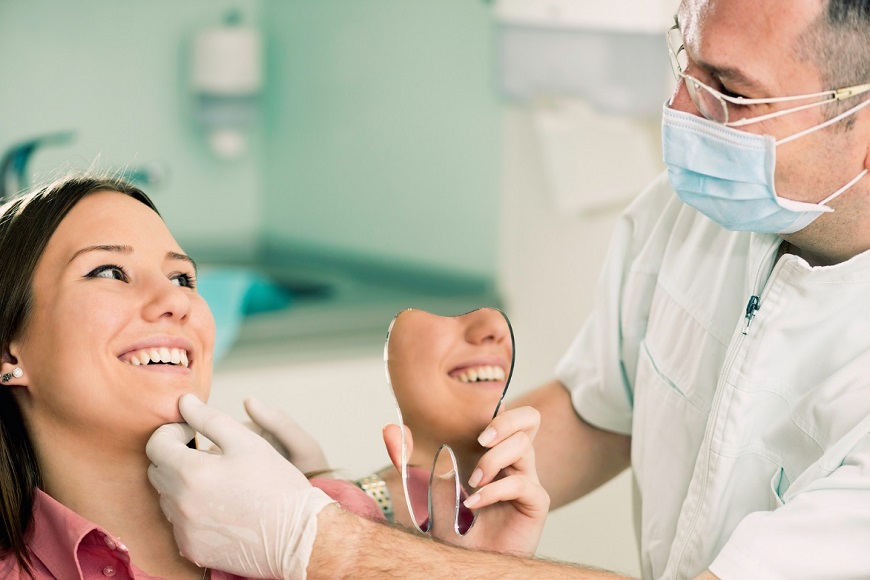How to Properly Sterilize and Maintain Surgical Tools
Learn how to properly sterilize and maintain surgical tools to ensure patient safety, prevent infections, and extend instrument lifespan with these expert tips.
Surgical tools are at the heart of medical and dental procedures, playing a critical role in ensuring the safety and well-being of patients. Proper sterilization and maintenance of these instruments are essential to prevent infections, extend their lifespan, and comply with healthcare standards. This guide outlines the steps for effectively sterilizing and maintaining surgical tools, emphasizing the importance of best practices in every stage of the process.
Importance of Sterilization and Maintenance
Surgical instruments come into direct contact with patients, making their cleanliness a non-negotiable aspect of healthcare. Proper sterilization:
-
Prevents the spread of infections and diseases.
-
Ensures patient safety during procedures.
-
Complies with health and safety regulations.
-
Prolongs the lifespan of surgical tools, reducing replacement costs.
Step-by-Step Guide to Sterilizing Surgical Tools
1. Pre-Sterilization Cleaning
Before sterilizing, surgical tools must be thoroughly cleaned to remove visible debris, blood, and tissue.
-
Rinse Immediately: Rinse instruments with cold or lukewarm water immediately after use to prevent residue from drying.
-
Manual Cleaning: Use a soft-bristle brush and medical-grade detergent to scrub tools, paying attention to hinges and joints.
-
Ultrasonic Cleaning: For deep cleaning, place tools in an ultrasonic cleaner. This method uses high-frequency sound waves to dislodge particles from hard-to-reach areas.
2. Inspection
After cleaning, inspect each instrument for damage or wear. Look for:
-
Rust or discoloration.
-
Cracks or bends.
-
Dull edges on cutting instruments.
Replace or repair any damaged tools to ensure they function correctly during procedures.
3. Sterilization
Sterilization eliminates all microorganisms, including bacteria, viruses, and spores. Common sterilization methods include:
-
Autoclaving: This is the most widely used method. Instruments are placed in a steam sterilizer, which uses high pressure and temperature to kill pathogens. Ensure tools are dried thoroughly before autoclaving to prevent rust.
-
Dry Heat Sterilization: Suitable for tools that may be damaged by moisture. This method uses high temperatures in a dry environment.
-
Chemical Sterilization: For heat-sensitive instruments, immerse tools in a sterilizing solution (e.g., glutaraldehyde or hydrogen peroxide) for the recommended duration.
4. Storage
Once sterilized, store tools in a clean, dry environment to maintain their sterility. Use:
-
Sterile wraps or pouches to protect instruments.
-
Closed cabinets or drawers to prevent contamination.
-
Labels with sterilization dates for easy tracking.
Tips for Maintaining Surgical Tools
1. Regular Lubrication
Lubricate hinged instruments like scissors and forceps with a medical-grade lubricant. This prevents stiffness and ensures smooth operation.
2. Avoid Corrosion
-
Use distilled water during cleaning to prevent mineral deposits.
-
Dry tools thoroughly before sterilization and storage to avoid rust.
3. Handle with Care
-
Avoid dropping instruments to prevent damage.
-
Use designated trays or racks during cleaning and sterilization to keep tools organized and protected.
4. Routine Inspections
Schedule regular inspections to identify and address issues like dull blades or loose screws. Proper maintenance reduces the risk of tool failure during procedures.
Compliance with Standards
Ensure that your sterilization and maintenance practices comply with local and international healthcare standards, such as:
-
World Health Organization (WHO) guidelines.
-
Centers for Disease Control and Prevention (CDC) recommendations.
-
Manufacturer instructions for specific tools.
Conclusion
Proper sterilization and maintenance of surgical tools are vital for ensuring patient safety and operational efficiency. By following the outlined steps and adhering to best practices, healthcare professionals can uphold the highest standards of hygiene and functionality. Consistent care not only safeguards patients but also enhances the longevity of instruments, making it a worthwhile investment in any medical or dental practice.






